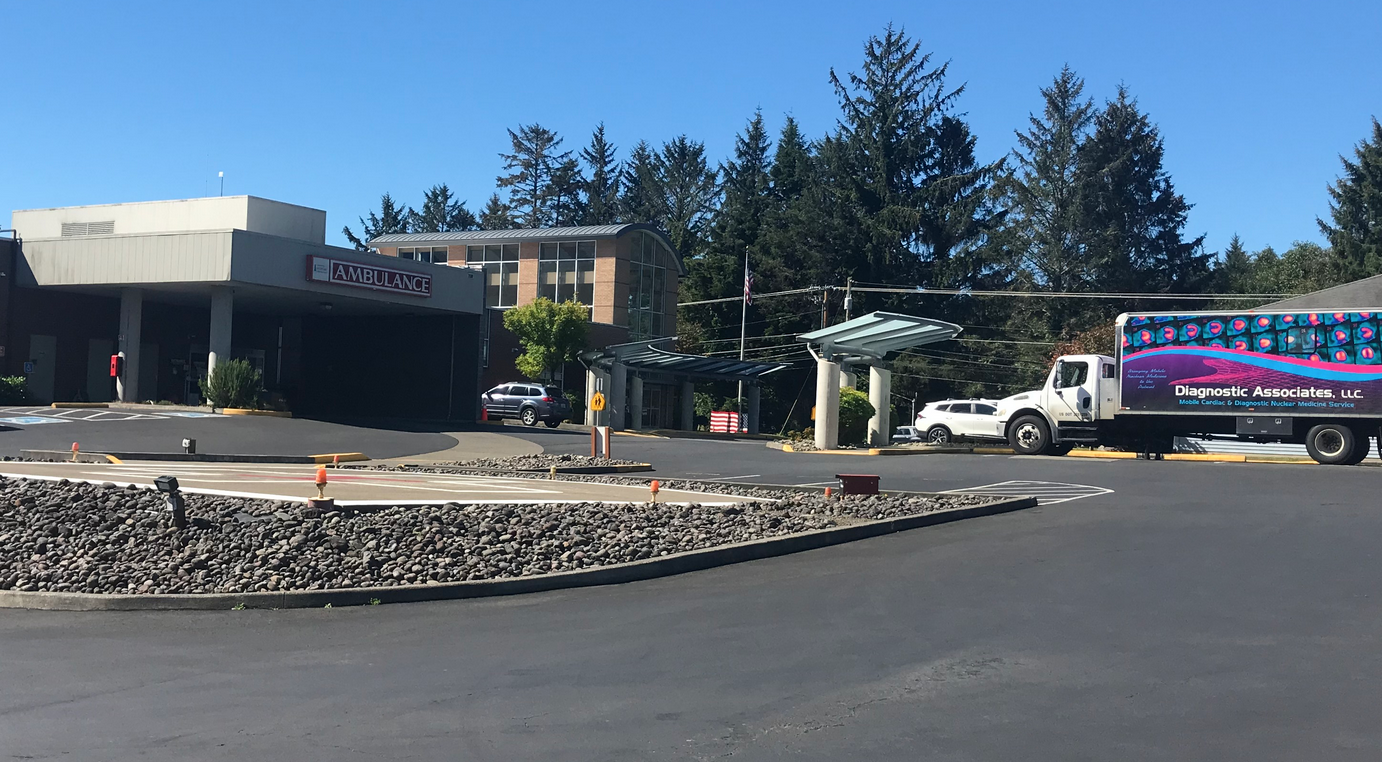Nature Notes: (How Not) to Kill a Mockingbird
Published 4:00 pm Tuesday, February 4, 2003

- Nature Notes: (How Not) to Kill a Mockingbird
Over the years the crew here at the wildlife center, in concert with numerous school science programs, have built and put up hundreds upon hundreds of bird nesting boxes.
Trending
In forests from Hawaii, New Mexico, Colorado, Utah, Oregon and Washington to name a few, we have worked hard at understanding just what the optimal conditions are for bird nesting boxes in order to have the highest success rate for nesting pairs of songbirds. After monitoring numbered and GPS-located nesting boxes, we have seen repeated patterns in nesting birds emerging from the data stream.
There are a lot of wive’s tales about bird nesting behavior. If you’re going to go to the trouble to buy or build a nesting box for your feathered friends, then there are a few things you might want to know about placement of your/their new home that will go a long way to making it a home sweet home.
First, the entrance hole should be between 1 inch and 1-3/8 inches. This will help keep out predator birds like stellar jays and crows. If your bird nesting box has a larger hole, then drill an appropriate sized hole in a small piece of wood and fasten it over the existing hole – simple.
Trending
Second, the little songbirds do not need a perch stick like so many houses have just below the entrance hole. This perching stick just gives the jays a place to land and makes it easier for them to raid a nesting box. If your box has a perching stick, just remove it, as the little birds simply do not need it – easy.
Third, like any realtor will tell you, the three most important aspects of a new home are: Location, location and location. Same with bird nesting boxes. Locate the nesting box so the entrance hole faces east or north. This helps keep out the direct rain and wind and keeps the inside of the box dark and more protected from the peering eyes of hungry crows.
Placing the nesting box under a roof eave is even better and safer, and be sure it’s not in the glare of a night security light. Keep the box out of a line of sight with any bird feeding stations, as nesting birds don’t like to be near all that bird traffic. You wouldn’t want your front door to open onto a sidewalk cafe, either! The same goes for keeping them away from hummer feeders. Songbirds don’t care much for hummers as they can be pretty territorial, so keep the nesting boxes in a quiet, protected place, out of harm’s way. Higher is better, but not so high as to be up in the stormy weather and wind.
Please don’t just put up a nesting box and then forget about it! If wasps take up residence, then the songbirds will not. Never use any kind of insecticide to remove wasps as the long-lived residue can and does kill young birds. (The same reason we only buy organic oysters!) The houses should be checked every month or so during the spring and summer nesting season. If wasps are found, take down the house, clean it out (a hose works good and doesn’t kill the wasps – they have a life, too!) and remount the nesting box in the same exact place it was before.
We have found that packing the nesting boxes full to the entrance hole with fresh dry sawdust is a real plus. Like a natural hole in a tree, the birds will remove as much of the sawdust as they want in order to make it “theirs.” This sawdust should be removed from the nesting boxes after each nesting season so there isn’t a buildup of mold and fungus. Obviously this would make birds very ill.
If we follow these simple guidelines, we are much more likely to have lots of new, young sky pilots. Give it a try.
Songbirds yes, Bush’s oil war no!
Check out our new weekly Quicktime mini-movie on the web at: http://home.pacifier.com/sparks/ wildlife!!.html
Craig Sparks is director of NAWA, a filmmaker, freelance writer and wildlife rehabilitator.









